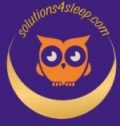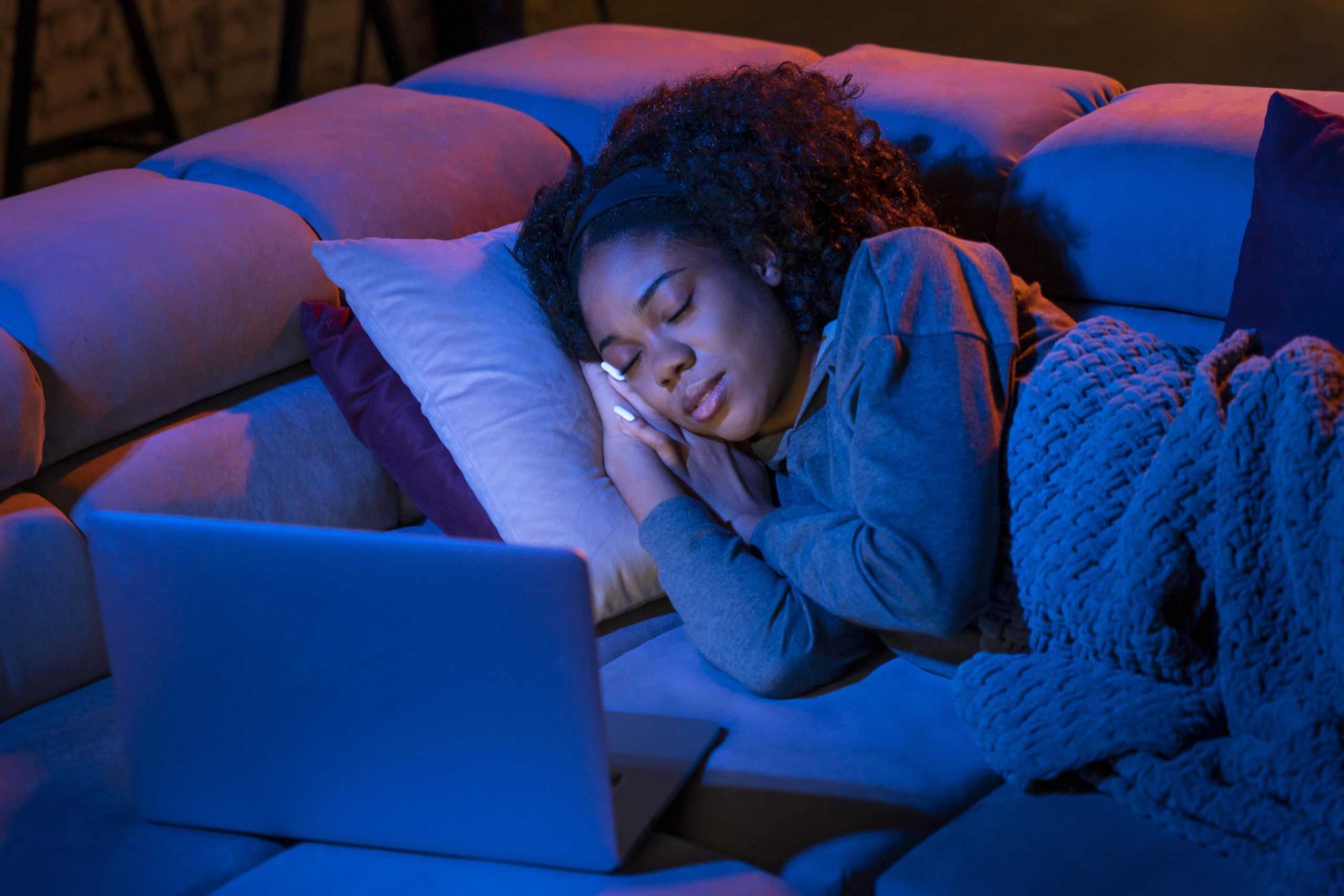In today’s digitally connected world, sleep technology is everywhere—from smartwatches tracking your REM cycles to under-the-mattress sensors analyzing your movements. While these devices promise better rest and insight into sleep habits, many experts are beginning to question: Could too much sleep tech actually be harming your sleep?
Thank you for reading this post, don't forget to subscribe!In this article, we’ll explore the pros and cons of sleep technology, how it might be interfering with natural sleep patterns, and provide trustworthy, research-backed advice on how to find balance. If you’re relying on gadgets to sleep better, this guide is for you.
Understanding Sleep Technology
Sleep technology refers to any device or app designed to monitor, analyze, or improve your sleep. Popular types include:
- Wearables like fitness trackers and smartwatches
- Sleep apps that provide audio content, meditation, or analysis
- Smart beds or mattress sensors that detect movement and heart rate
- White noise machines and smart alarm clocks
- Blue light blocking glasses and smart lighting systems
These tools offer insights such as sleep duration, quality, time spent in different sleep stages, and environmental factors like noise and temperature. On paper, this sounds like a win—but there’s a catch.
The Hidden Downside: Sleep Tech Overload
While sleep gadgets can be helpful, too much reliance on them can lead to sleep tech overload, which may hurt your natural sleep patterns more than help.
1. Data Anxiety and Obsession with Sleep Scores
One of the biggest concerns is a condition known as orthodontia—a sleep disorder caused by anxiety over achieving “perfect” sleep, often triggered by wearable tech.
Symptoms include:
- Constantly checking sleep metrics
- Feeling stressed about “bad” sleep data
- Sleeping worse due to anxiety over sleep quality
When people become too focused on the numbers, they may ignore how they actually feel and overestimate the impact of a single bad night of sleep.
2. Blue Light Exposure and Nighttime Stimulation
Many sleep tech devices rely on screens. Whether it’s checking your sleep app before bed or watching guided meditations on your phone, screen exposure can backfire.
Blue light and sleep are a well-studied pair. Blue light from screens suppresses melatonin production—the hormone responsible for sleep regulation. This delays sleep onset and reduces overall sleep quality.
3. Inaccurate or Misleading Data
Not all sleep tech is created equal. Many consumer devices offer inaccurate sleep tracking, leading to misguided conclusions.
- Devices can mistake stillness for sleep
- Some overestimate deep sleep or mislabel awake periods
- Heart rate data may be skewed by movement or external factors
Relying too heavily on this data can prompt unnecessary lifestyle changes or create anxiety over perceived “problems” that don’t actually exist.
The Psychology of Over-Tracking
Humans are wired to seek control—especially when it comes to health. But over-monitoring your sleep can remove the natural, intuitive process that sleep is meant to be.
Instead of letting your body relax into rest, your mind stays preoccupied with:
- “Did I hit 90 minutes of deep sleep?”
- “Was my sleep efficiency above 85%?”
- “Should I cut caffeine even more to get a better sleep score?”
This hyperfocus creates tension—exactly what good sleep doesn’t need.
Benefits of Sleep Technology (When Used Wisely)
It’s not all bad news. When used mindfully, sleep technology can support healthy sleep habits. Here’s how:
- Tracking Trends, Not Perfection
Monitoring your long-term patterns (e.g., how stress affects your sleep over weeks) is more valuable than daily stats.
- Promoting Consistent Routines
Many devices offer bedtime reminders, wind-down routines, or gentle alarms—which help reinforce good habits.
- Identifying Sleep Disruptors
Gadgets that monitor noise, temperature, or air quality can highlight environmental issues affecting your rest.
- Supporting Sleep Disorders Diagnosis
For individuals with suspected sleep apnea, insomnia, or restless leg syndrome, tech may provide helpful preliminary data for healthcare providers.
How to Use Sleep Tech Without Hurting Your Sleep
To avoid sleep tech overload, follow these expert tips:
Focus on Behavior, Not Just Numbers
Use your device to highlight patterns, then focus on real-life changes: a better bedtime routine, reduced caffeine, or less screen time before bed.
Set Limits on Tech Use
Avoid checking your sleep stats first thing in the morning. If it adds stress, skip the daily review and check your data only once a week.
Prioritize Wind-Down Over Data Collection
Instead of interacting with screens at bedtime, opt for non-digital relaxation techniques—like reading, journaling, or deep breathing exercises.
Use Blue Light Filters
If you must use tech at night, activate night mode or install a blue light filter app to reduce melatonin suppression.
Also read: The Dark Side Of Doom Scrolling Before Bed
Don’t Replace Medical Advice with Tech
Always consult a healthcare provider for persistent sleep issues. Gadgets can help monitor—but not diagnose or treat—sleep disorders.
Is Sleep Tech Helping or Hurting?
Sleep technology can be a powerful ally—but it must be used with intention. When tech becomes a source of stress, obsession, or false information, it does more harm than good.
The key lies in balance. Allow technology to support your sleep—not control it. Remember that good sleep starts with good habits, not just gadgets.
If you’re feeling overwhelmed by sleep scores, charts, and tracking apps, it might be time to step back and reconnect with the basics of healthy sleep—unplugged, relaxed, and naturally restorative.



